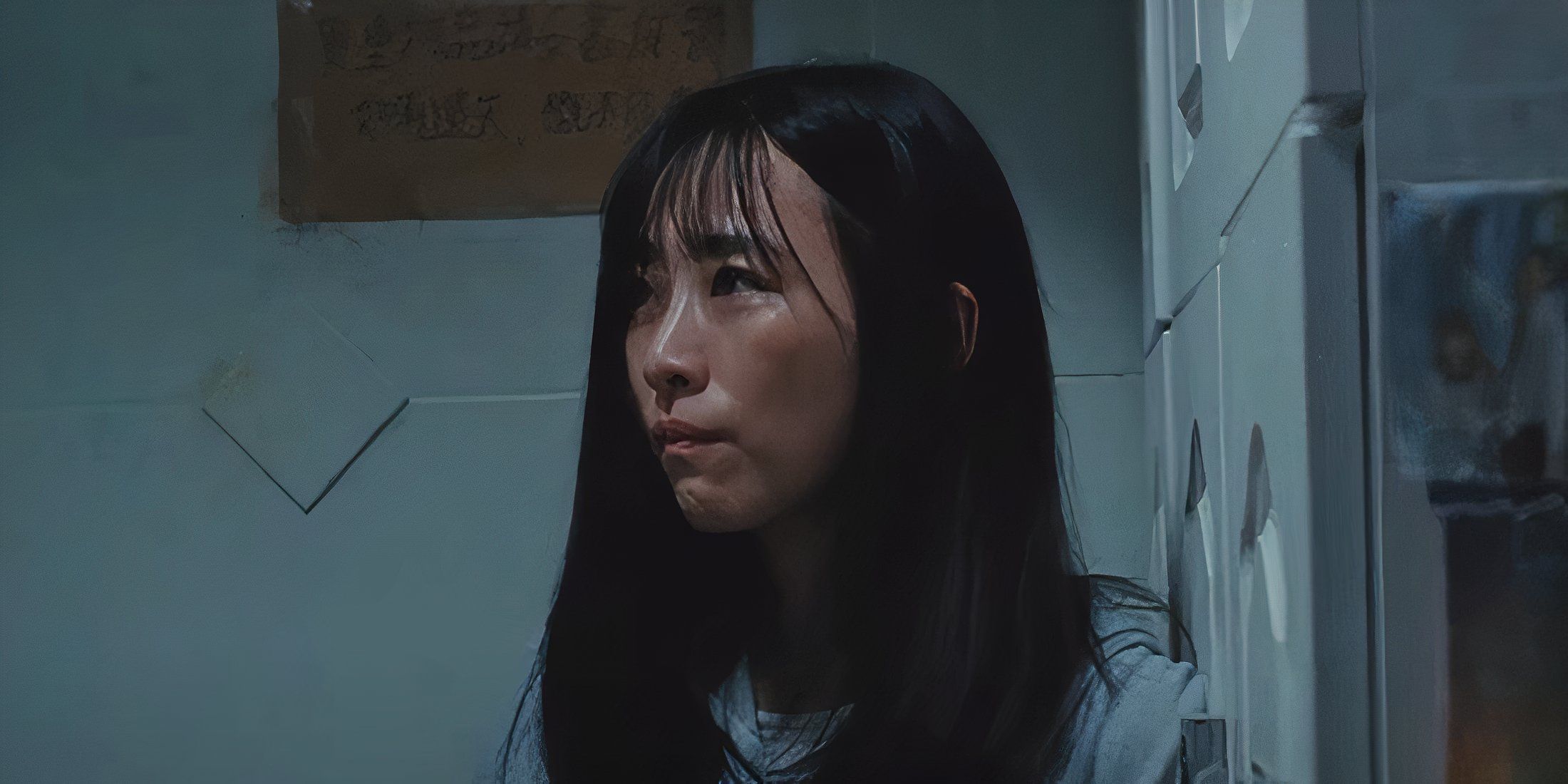My favorite thought-provoking dramas offer a rich story and characters to analyze, using their methodical pacing to deliver a memorable experience. While Blue Sun Palace does this to an extent, the movie’s story and characters feel more like vehicles for the mood, as Constance Tsang’s feature directorial debut explores grief in the lives of Queens’ Chinese community. The movie begins by following Didi (Xu Haipeng) and Cheung (Lee Kang-sheng), whose budding romantic relationship is slowly starting to get serious. The first fourth of the film focuses on their relationship, alongside Didi’s work and friendships at a massage parlor.
However, events take a shocking turn a half hour in, when a tragic event results in Didi’s death. This is where the real story of the film begins, following her friend, Amy (Wu Ke-Xi), three weeks after her friend was killed. She ends up forming a connection to Cheung because of their shared grief, with the pair growing closer in the doldrums of their mourning. While Blue Sun Palace sets up a potential romantic drama movie, its true purpose seems to be methodically processing the aftermath of a life-altering incident.
Blue Sun Palace was also written by Tsang.
Blue Sun Palace Benefits From Its Slow Burn Story
Realism & Thematic Symbolism Clash In Emotional Ways
The most notable aspect of Blue Sun Palace for me was its use of long takes throughout. The impeccable cinematography lingers on its emotional scenes, deepening the mood as characters interact with one another. There’s a realism about their conversations that weaves perfectly with its visual language, emphasized by stellar performances from Wu and Lee, in particular. As the film goes on, layers of their lives and attitudes surrounding Didi’s death become more apparent, with the visuals complementing their captivating performances.
It’s the type of story whose presentation is important, as every realistic detail across the film delivers fresh progression as the pair’s shared loss eats away at them.
While the movie takes place in Queens, New York, Blue Sun Palace is mostly a Chinese language movie. There is very little English spoken throughout, with scenes that do feature a change-up reflective of the struggles of Chinese migrants in America. One lengthy scene meditates on an upsetting stereotype that continues to highlight its dreary mood. It’s a poignant addition to the film’s exploration of grief, while also emphasizing the film’s prioritization on the feelings it wants to invoke. It adds to an oppressive atmosphere that makes the situation all the more empathetic.
However, it’s this atmosphere and its intersection with grief that gives the movie its most memorable scenes. Every interaction gnaws at the unspoken feelings Amy and Cheung have about Didi’s death, with their actions reflecting their attempts to move on. But the movie does a good job at showcasing how difficult that can be, especially if some of the attempts one makes aren’t healthy. It’s the type of story whose presentation is important, as every realistic detail across the film delivers fresh progression as the pair’s shared loss eats away at them.
Story Comes Second To Blue Sun Palace’s Mood
The Presentation Is More Potent Than Its Plot
If any flaws could be found, it would be the prioritization of mood being a double-edged sword. While this gives the movie a memorably dark tone in its multi-layered exploration of grief, it also sidelines the plot at times. The story moves at a very slow pace, which is often deliberate, but sometimes leaves room for development I wish was there. Luckily, the character writing is still strong. Even though I personally would have liked a hardier plot, the movie gets its message across with what transpires anyway.

Related
My Dead Friend Zoe Review: I Was Captivated By Sonequa Martin-Green’s Layered Performance In This Heartfelt Indie Drama About Grief
My Dead Friend Zoe is an indie gem equivalent to a warm embrace needed after a hard day.
With a powerfully layered message about grief that feels unique in a sea of films dealing with the topic, Blue Sun Palace creates a character-driven narrative that triumphs thanks to its visual presentation. The story might not have as much meat on its bones as I wish it did, but its simplicity doesn’t take away from the impressive, human tale it puts on display. With a deliberate pacing that is aided by great performances and stellar cinematography, the movie does a phenomenal job at showcasing the human struggles that follow tragedy.
Blue Sun Palace arrives in select theaters on April 25, 2025.

